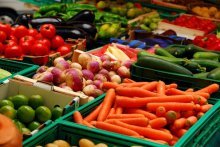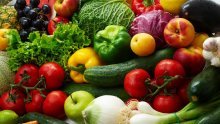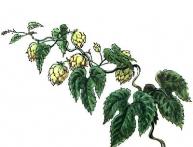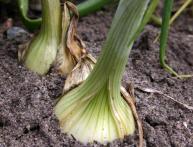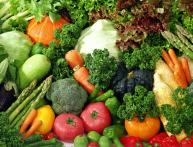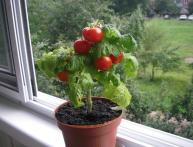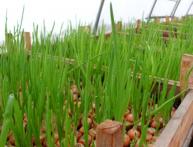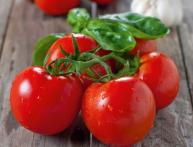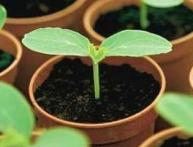Joint planting of vegetables: taking into account the neighborhood
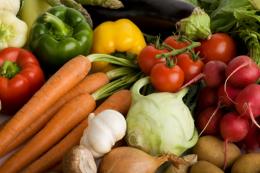
Many gardeners have experimentally come to the conclusion that some plants feel very comfortable next to each other, grow and develop well.
Others, being close to each other, grow slowly, get sick, give a poor harvest, so they are thinking about planting vegetables together, the influence of neighbors should be taken into account.
Content:
- Crop rotation and healthy neighbors
- Selection of predecessors and neighbors for the main garden crops
- Neighbors for bulbs, tubers and green vegetables
- Green manure, types and benefits
Crop rotation and healthy neighbors
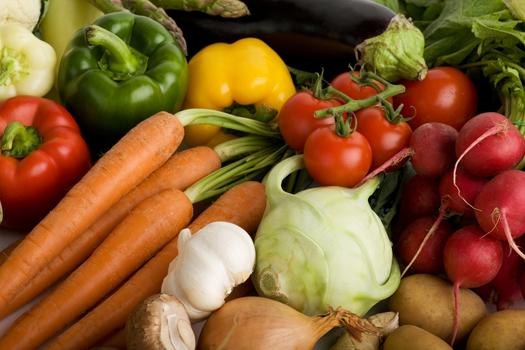
To successfully grow vegetable crops in summer cottages and garden plots, it is important to take into account many factors, adhere to certain elements of crop rotation and the correct healthy neighborhood.
This approach is beneficial and convenient because:
- prevents the accumulation of harmful substances in the soil
- promotes full use fertilizers
- reduces the cost of pest and disease control
- fully allows the use of any soil
Ideally, you need to draw up a planting plan annually, taking into account the predecessor culture, former and future neighbors, soil quality, last year's application of organic and mineral fertilizers, the geographical location of the site and its landscape.
This is important, for example, after the recent application of manure, many crops may simply not yield, while others will not bear fruit on organically poor soil.
When planting vegetable crops, you need to focus on the size of the root system so that the plants do not become competitors in the struggle for moisture and nutrients. The same applies to the size of the ground parts.
By choosing the right location for vegetables, you can not only compact the crops, but also make them easier to harvest if you correctly arrange crops with the same and different seed germination periods, similar and different growing seasons.
For example, the seeds of carrots and parsley not only take a long time to germinate, but also grow slowly in the first weeks; during this time, leaf lettuce planted nearby has time to sprout and produce a harvest.
The simplest solution for the correct placement of vegetable crops, taking into account previous plantings, is to divide the garden into four zones and move the crops clockwise every year, placing the “correct” neighbors in each zone.
Selection of predecessors and neighbors for the main garden crops
Potato
Most gardeners devote most of the territory to planting potatoes. On six acres, it is difficult to allocate a new plot for this crop every year, but if the territory is conditionally divided into four zones, you can move the potato bed to a new location.
The best predecessors for potatoes are:
- peas
- beans
- cucumbers
- cabbage
- salad
Inadmissible predecessors are pepper, tomato, and eggplant.
The best neighbors for potatoes are always legumes; this is primarily due to the need of this crop for nitrogen, which legumes have adapted to receive from the air and transform into the form necessary for potatoes and enrich the soil with it.
cucumbers
The best predecessors for cucumbers are:
- potato
- tomatoes
- legumes
- cabbage
After these same plants, it is good to plant zucchini and pumpkin.
It is unacceptable to plant cucumbers after:
- zucchini
- pumpkins
They grow best next to corn. and sunflower. These crops not only create a good microclimate for cucumbers, but also serve as a natural support for them.
Cabbage

Best predecessors:
- onion
- potato
- legumes
Do not place cabbage after turnips and radishes.
The best neighbor for cabbage will be any onion. This applies to both white and other types of cabbage:
- broccoli
- kohlrabi
- color
- red cabbage
Tomatoes
Best carried out planting tomatoes after:
- legumes
- turnips
- cabbage
- cucumbers
Planting tomatoes is excluded if in the previous year the following were grown in the garden bed:
- eggplant
- peppers
The best neighbors for tomatoes are:
- mint
- Melissa
- marigold
- beans
- cabbage
Such neighbors are also favorable for eggplants and peppers.
If we analyze the options for growing basic vegetables together, we can conclude that plants of the same family are in unfavorable proximity to each other.
It is better not to place nightshades, potatoes, peppers, tomatoes nearby, as this increases competition for nitrogen in the soil and the likelihood of damage to the plantings by the Colorado potato beetle.
This also applies to other families to which the main garden vegetables belong, since plants of the same family have similar nutritional needs and suffer from the same diseases.
Neighbors for bulbs, tubers and green vegetables
The next group of vegetable crops, although they occupy a significantly smaller area on the plot than potatoes, cabbage and cucumbers, but their harvest is also important for gardeners.
If you plan to simultaneously grow turnips, carrots, beets, onions, and garlic on the site, then you should remember that the edible part of these plants is formed not on the surface, but underground, and their above-ground parts are approximately the same size, so competition will probably take place both underground and on its surface.
Cucumbers and tomatoes are considered the best neighbors for beets. It is better to plant beets after onions, but you should not grow them after turnips or rutabaga. Carrot It will feel good if its neighbors in the garden are spinach, lettuce, and tomato.
Turnips, radishes and radishes grow wonderfully next to peas, nasturtiums, and spinach. First of all, strawberries will be good neighbors for onions and garlic.
This proximity is also beneficial for strawberries, since these crops are the best prevention against diseases and pests. You should not plant onions if there was garlic in the garden last season, but after potatoes or peas, the harvest of onions and garlic will delight you with its abundance.
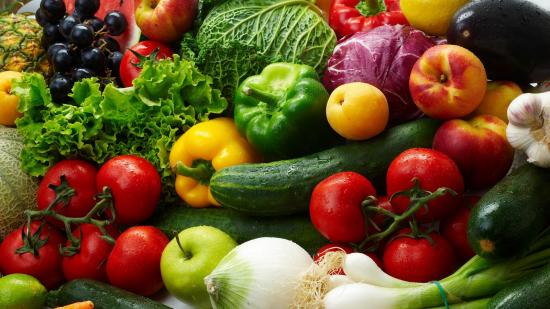
Parsley, dill, basil, cilantro, other green crops and herbs coexist next to asparagus, peas and onions. The best predecessors for them are cabbage and cucumbers, and the worst are carrots.
Sometimes it happens that it is not possible to follow the above recommendations in a garden or cottage. This is where green manure comes to the rescue.
Green manure, types and benefits
Green manures are crops that can simultaneously be predecessors and neighbors for vegetables. They improve the soil with their roots and above-ground parts, enriching it naturally with useful organic and mineral substances.
Green manure planted among vegetables partially distracts pests, such as radish repel nematodes, and mustard successfully suppresses scab.
The following crops can play the role of green manure:
- legumes - vetch, china, soybean
- cereals - oats, barley, paiza
- cruciferous vegetables - rapeseed, radish, mustard
- Place early ripening green manure among vegetables that grow for a long time.
- In the aisles and between rows with vegetable crops.
- At the end of the gardening season after harvesting.
Currently, green manure crops are not used very often in private farmsteads, this is associated with additional material and physical costs.
Very often, chemical fertilizers and other means are used to increase the yield, although it is worth providing the vegetables with the right neighbors and they will give a good harvest without chemicals.
Educational video about joint planting of vegetable crops:
Interesting information about the vegetable garden

